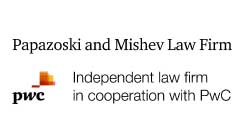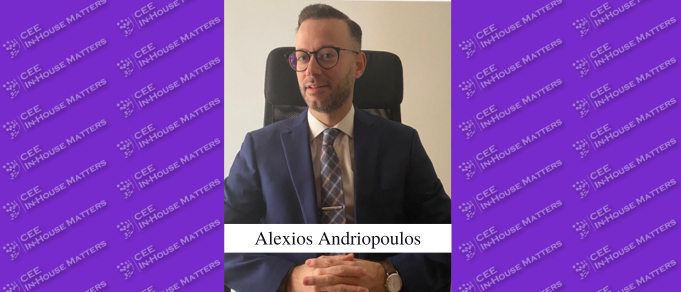Life sciences in Romania, encompassing pharmaceuticals, biotechnology, and medical devices, is a sector marked by both significant challenges and promising opportunities. As the country continues to integrate into the European Union’s regulatory and economic frameworks and as those frameworks evolve and become more complex, Romania faces the constant task of aligning its local industry with European and international standards. This alignment is crucial for fostering innovation, ensuring public health, and attracting foreign investment. The industry’s growth is influenced by many factors, such as financing, pricing and reimbursement, regulatory compliance and product liability, and sustainable public procurement tools and processes.
Funding, Pricing, and Reimbursement
Funding is a constant challenge for the life sciences industry in Romania. Research and development in this sector are capital-intensive, and securing adequate returns proves to be too difficult at times. The Romanian healthcare system is under financial pressure, which often leads to cost-containment measures that can affect the pricing and reimbursement of pharmaceuticals and medical devices. Companies find it challenging to navigate these pricing pressures while ensuring that they can still invest in R&D and innovation, which, in turn, leads to a reduced appetite for market entry. When market entry is sought, there are still significant delays, and critically important medicines and innovative therapies are left outside patients’ reach for long periods of time. Changes in the tax legislation, and particularly its application, add to the already full plate of the industry players. Notwithstanding the above, the industry is constantly considering and designing new, value-based ways to provide Romanian patients with access to modern therapies.
R&D
Venture capital and EU funding programs are useful tools for ensuring the necessary capital for innovation and more companies are making use of available funds. While Romania is in its early stages of supporting startups and SMEs in life sciences and healthcare, enthusiastic steps are being taken, with technology being the main driver at this point. Further opportunities lie ahead as more companies understand not only the financials behind the health business but also the responsibility to ensure access to quality healthcare for patients.
Regulatory Compliance and Product Liability
Regulatory compliance is a critical challenge for life sciences in Romania. The European Union’s stringent regulations on pharmaceuticals and medical devices require companies to navigate a complex web of rules and standards.
New health assessment legislation at the EU level will raise new complexities, while the EU medical devices legislation is still in its early years of application and not entirely understood or appropriately and consistently applied. Product liability is a constant concern. The life sciences industry is particularly sensitive to issues of liability due to the direct impact that pharmaceuticals and medical devices have on patients’ health. Companies must stay vigilant in monitoring the safety and efficacy of their products to avoid legal repercussions and damage to their reputation. The implementation of a new directive on product liability is expected in the near future and the industry will again have to adapt to stricter rules.
However, this challenge also presents an opportunity for companies to differentiate themselves through excellence in product safety. By investing in robust quality control systems and post-market surveillance, companies can minimize the risk of liability and position themselves as trustworthy partners in healthcare. Despite the challenges, the opportunity in relation to wider regulatory compliance lies in the potential for companies to become leaders in quality and safety. By carefully observing EU regulations, companies can improve their reputation and build trust with consumers and healthcare professionals.
Procurement
Public procurement is a critical process in the life sciences industry as many products are purchased by public healthcare providers. The Romanian government has been working to improve the transparency and efficiency of procurement processes. However, companies often face bureaucratic hurdles and delays, a lack of appropriate specifications in procurement documents, and competition from non-compliant products.The modernization of the public procurement system and the slow but sure progress in educating contracting authorities as well as applicants ensure the premises for further positive developments of the sector.
What Is Coming
New challenges are coming from the EU level with new legislation coming into force in the near future such as the new HTA regulation and the new product liability directive. These new rules pose complexities – both on their own and in the aggregate. Adding to the already strict environment, Romania has recently implemented class action legislation, which may mean that we may see class actions in the life sciences sector in the future, initiated locally or spilled over from other jurisdictions.
By Alexandra Radulescu, Partner, Dentons
This article was originally published in Issue 11.5 of the CEE Legal Matters Magazine. If you would like to receive a hard copy of the magazine, you can subscribe here.






















